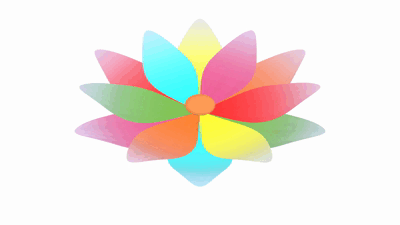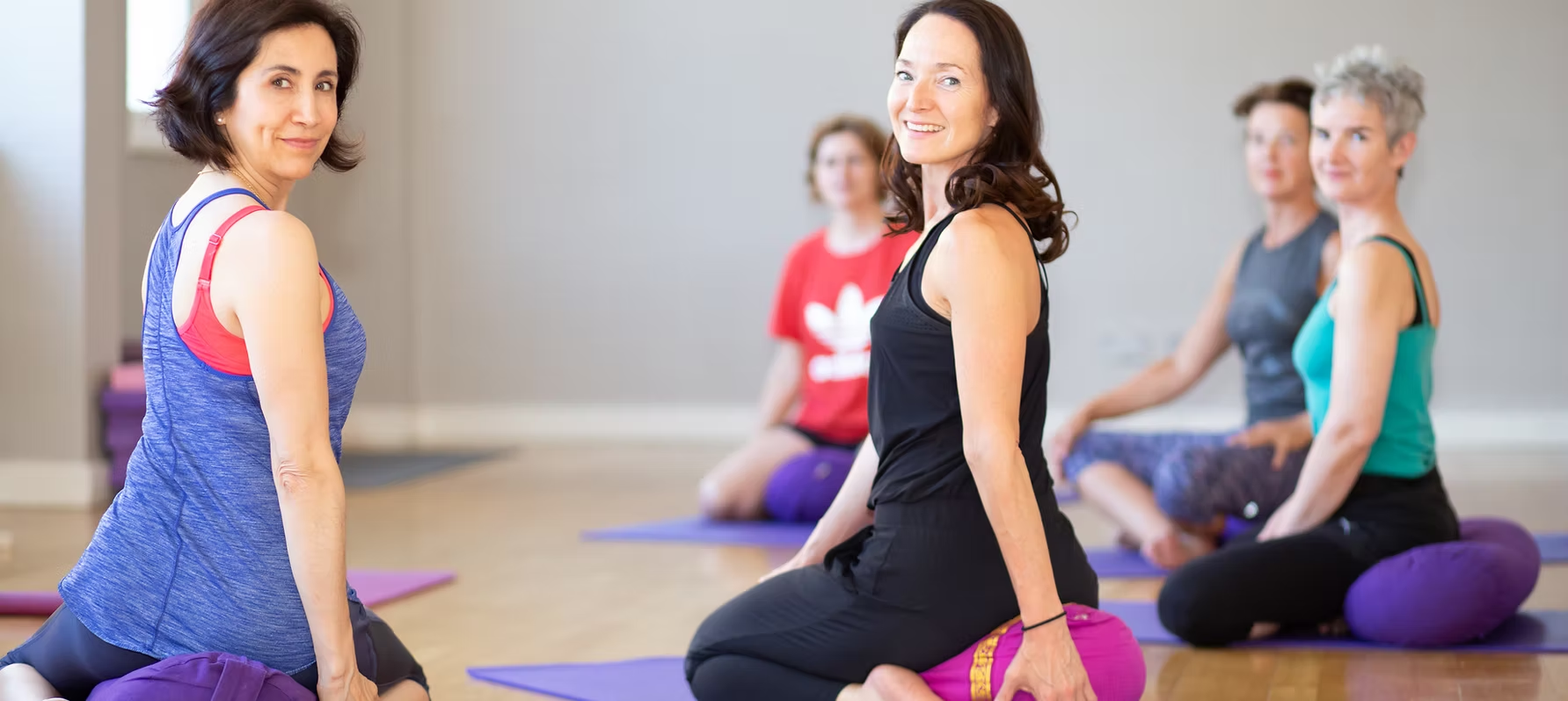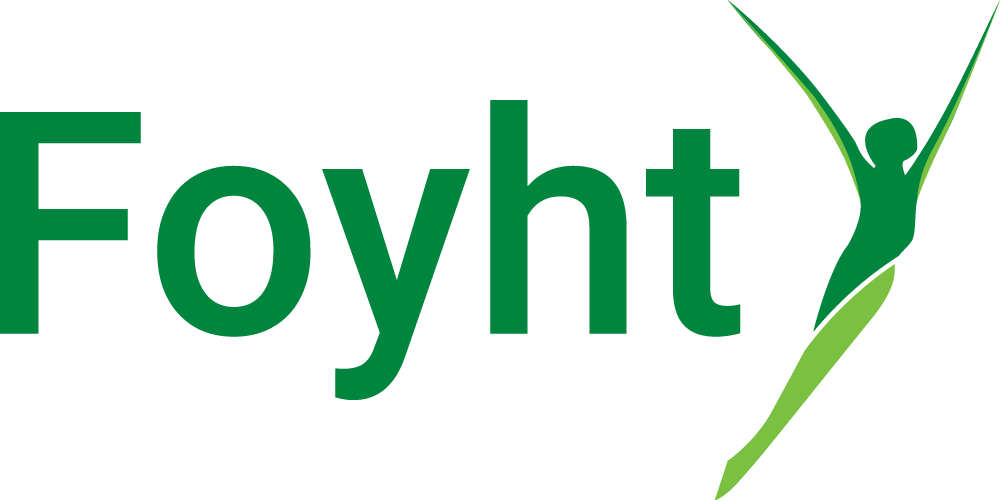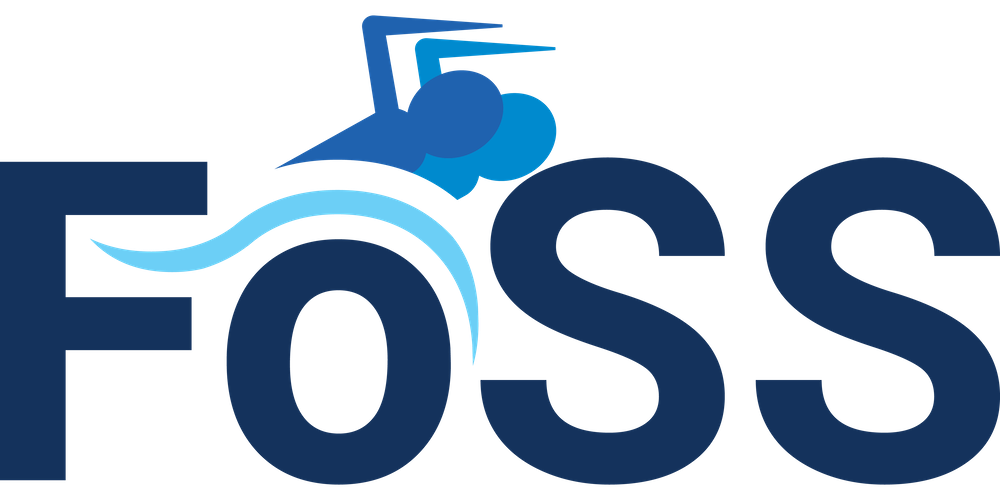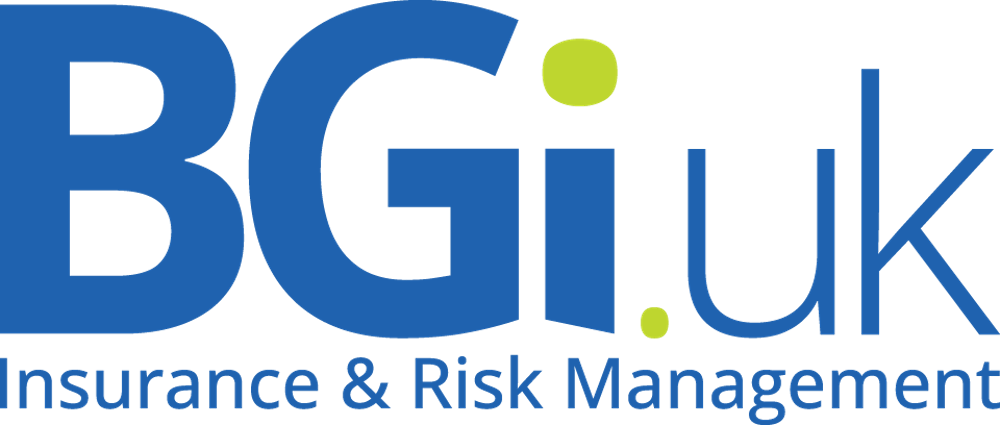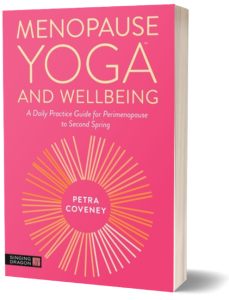 5-15 minute yoga practices to help with menopause symptoms.
5-15 minute yoga practices to help with menopause symptoms.
How can yoga help with menopause symptoms? Yoga is an ancient practice developed in India that helps to regulate your nervous system, increase flexibility and create mental clarity. While this is good for everyone at any age, women going through perimenopause to menopause can particularly benefit from a regular yoga practice to ease common symptoms and reduce stress.
No time for yoga? Try Petra Coveney's bite-sized yoga practices for busy people like you. Just 5-15 minutes of yoga can help ease some symptoms.
These three yoga practices are from her new book 'Menopause Yoga ™ & Wellbeing: A Daily Practice Guide for Perimenopause to Second Spring,' by Petra Coveney, published by Singing Dragon Books. Available on Amazon, Waterstones and other booksellers. Keep scrolling for an exclusive discount!
If you only have 3-5 minutes:
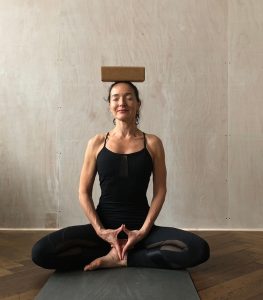
-
Mind Meets the Breath Meditation for calming Anxiety
This seated meditation with breathwork can calm an anxious mind and feel grounding in just 3-5 minutes.
Props:
1 cork brick or low-weight eye bag. Set a timer for 3-5 minutes.
- Sit comfortably on a chair or mat with your spine upright and your abdomen relaxed so you can breathe easily.
- Balance the cork brick on the crown of your head Alternatively, place a low-weight eye bag on the crown of your head. This is an acupressure point which can feel calming.
- Place the palms of your hands down on your legs for grounding. Close your eyes or look softly to the floor.
- Focus on your breath, breathing slowly and steadily so that your inhalation and exhalation are of equal length. The aim is to slow your breath down but without holding your breath.
- When your timer ends, raise one hand towards your head, lift the prop off your head, pause for a few breaths to observe the lightness
- Sit quietly in this meditation for 10 more slow breaths and notice afterwards how you feel. Do you feel calmer ? Is your mind less busy?
Modifications and Contraindications:
Contraindicated if you have migraine headaches or hot flushes and osteoporosis. Instead, use weighted eye bag.
If you have 10 minutes:
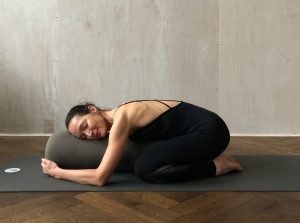
-
Restorative Child's Pose
Props:
1 bolster or 2 firm pillows; 1–2 bricks or blocks or a cushion; 1–2 blankets. Set a timer for 10 minutes.
Coming in:
- Place 1 bolster or 2 firm pillows on top of each other lengthways and 1–2 folded blanket over the bolster.
- Rest your chest on the bolster and hug the end with your knees. Adjust the bolster height to find a comfortable position.
- Relax your arms and hands on the mat, soften your shoulders,
- Stay for 10 minutes, turning your head after 5 minutes to balance your neck stretch.
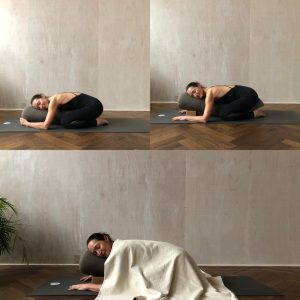
Modifications for knee discomfort:
Place a folded blanket on the mat for your knees and ankles for comfort. Fold a blanket behind your knees if you feel joint discomfort.
Option:
Cover your back and your head with a blanket to 'Retreat from the World' if you feel cold or overwhelmed by life. Just 5-10 minutes in this pose can help reset your nervous system and feel refreshing if you are fatigued. (see photo)
If you have 15 minutes:
-
Restorative Queen Reclined Supported Cobbler Pose for cooling hot flushes/ flashes.
Benefits:
This pose may relieve abdominal muscle cramps caused by menstruation and may feel cooling and calming for hot flushes. It also encourages an attitude of relaxing and letting go, which is important in perimenopause.
Inflammation in menopause can affect your joints and connective tissues (including frozen shoulder, hips, lumber spine, sacroiliac joint and knees). Avoid over stretching. Treat yourself like a queen using many props (cushions, pillows, bolsters, etc.) for supreme comfort.
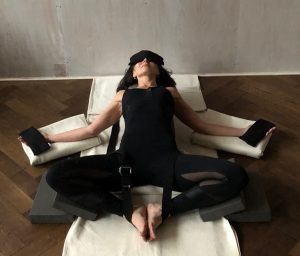
Props:
1 bolster or 2 firm pillows to lie on; 2–4 yoga blocks or cushions to support your legs; 2 cushions or blankets for arms. Set a timer for 15 minutes.
Coming in:
- Place the bolster or two firm pillows lengthways on your mat.
- Raise the top end of the bolster and adjust to a comfortable height.
- Sit on your mat and lay your spine on the bolster.
- Soles of feet together, allow your knees and hips to open and support them underneath with cushions.
- Option to place an eye bag or mask over your eyes or forehead to soften the light and allow your eyes to rest.
Tip: If your mind is active, repeat my 'hot flush wave' affirmation in your mind.
Affirmation:
The is just a hot flush,
It will not last,
I let it flow through me,
It will pass.
Modification for menstrual bleeding:
If this wide knee pose causes menstrual flooding, either reduce the 'hip opening' by adding more props to support under your legs, or swap for a restorative side-lying pose (savasana).
Coming out:
Use your hands to assist your knees up until they touch, separate your feet wide apart This is a gentle counterpose for the hips.
After a few breaths, sway your knees side to side gently in windshield wiper twist pose and roll over on to one side of your body to slowly come up to a seated position.
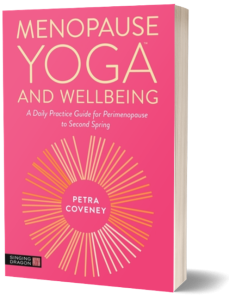 Menopause Yoga ™ & Wellbeing: A Daily Practice Guide for Perimenopause to Second Spring,' offers curated yoga home practice classes for symptoms such as hot flushes, anxiety, brain fog, pelvic floor challenges, and the varied experiences of menopause.
Menopause Yoga ™ & Wellbeing: A Daily Practice Guide for Perimenopause to Second Spring,' offers curated yoga home practice classes for symptoms such as hot flushes, anxiety, brain fog, pelvic floor challenges, and the varied experiences of menopause.
Alongside videos, illustrations and written instructions including tips for modifications and props, it also includes information on HRT, nutrition, exercise, and much more.
Menopause Yoga™ and Wellbeing is published by Singing Dragon Books.
Available on Amazon, Waterstones and other booksellers.
Use discount code 'PETRA15%' for 15% off, exclusive to https://uk.singingdragon.com/products/menopause-yoga-and-wellbeing.
All Photos by Petra Coveney
